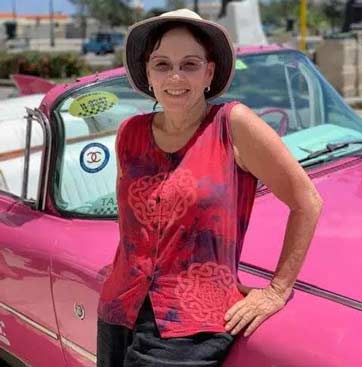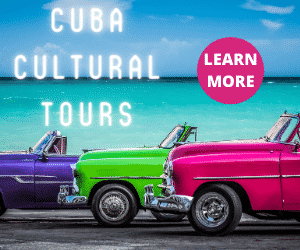Havana museums do not get the credit they deserve. When you think Cuba, you think music, classic American cars, colonial architecture, smooth rum and a vibrant nightlife among other things.
But Havana has so much to offer in the realm of the arts.
Here is a curated list of some of the best museums in Havana, from breathtaking works of art to historical to quirky, these museums deliver.
20 MUSEUMS IN HAVANA YOU MUST SEE
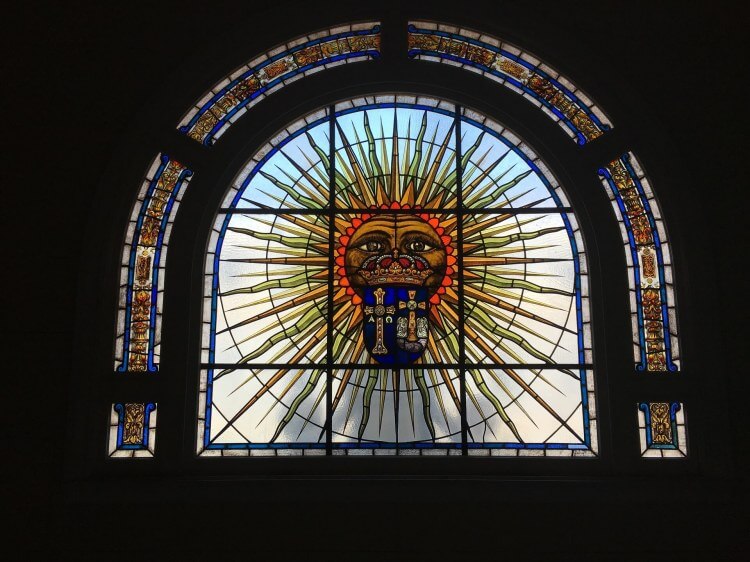
Table of Contents
ToggleMuseo Nacional de Bellas Artes (National Museum of Fine Arts)
On par with top museums worldwide, this museum has an extensive and diverse collection and is easily one of the best museums in Havana.
With two impressive buildings, one dedicated to Cuban Arts (the Palacio de Bellas Artes) and the other dedicated to Universal Arts in the International Gallery, this is the mother of all museums in Havana.
The National Museum of Fine Arts of Havana displays exhibits spanning the colonial era up through contemporary art by world-renowned artists. There is surely something here for everyone.
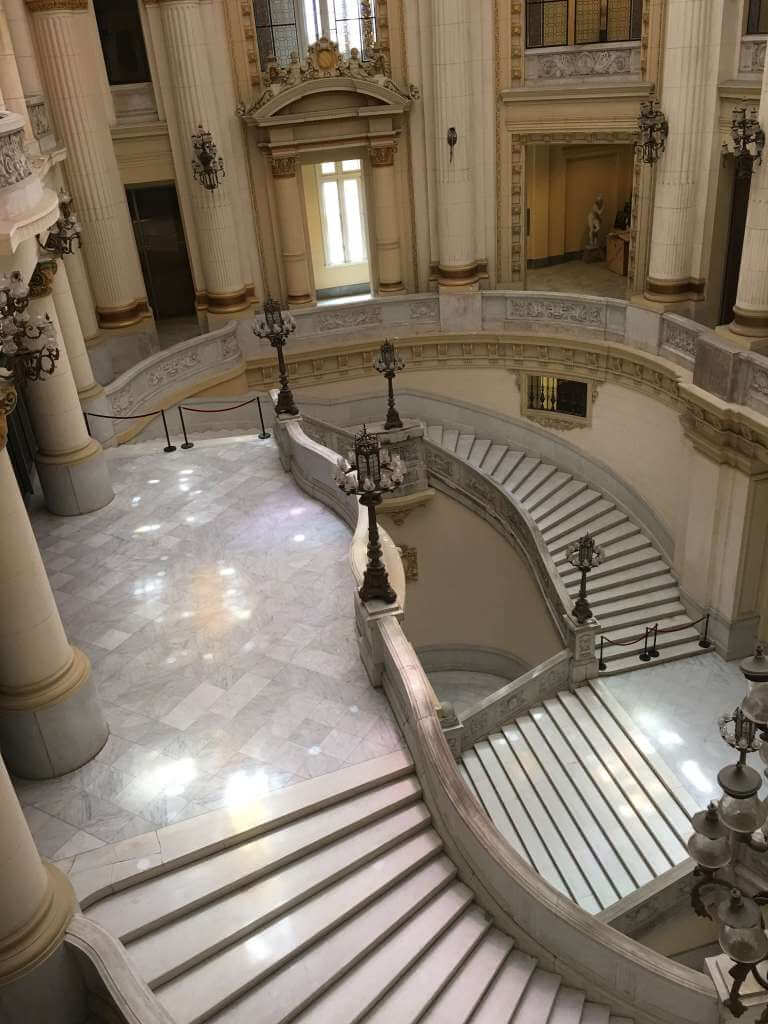
Insider tip: Spend the bulk of your time in the Cuban art wing. It is extraordinary.
*****
Museo Napoleonico (Napoleonic Museum)
If you’re a fan of 19th-century history, then you should add this to your list of museums in Havana, Cuba to see.
It houses one of the largest collections of Napoleon Bonaparte’s belongings, and period artifacts, outside of France.
The museum is housed in a beautiful setting in a former mansion. The rooms and gardens display recreations of what the mansion looked like during that period.
You should note that unless you speak Spanish, you’ll need a guide/interpreter as most of the information is written in Spanish.
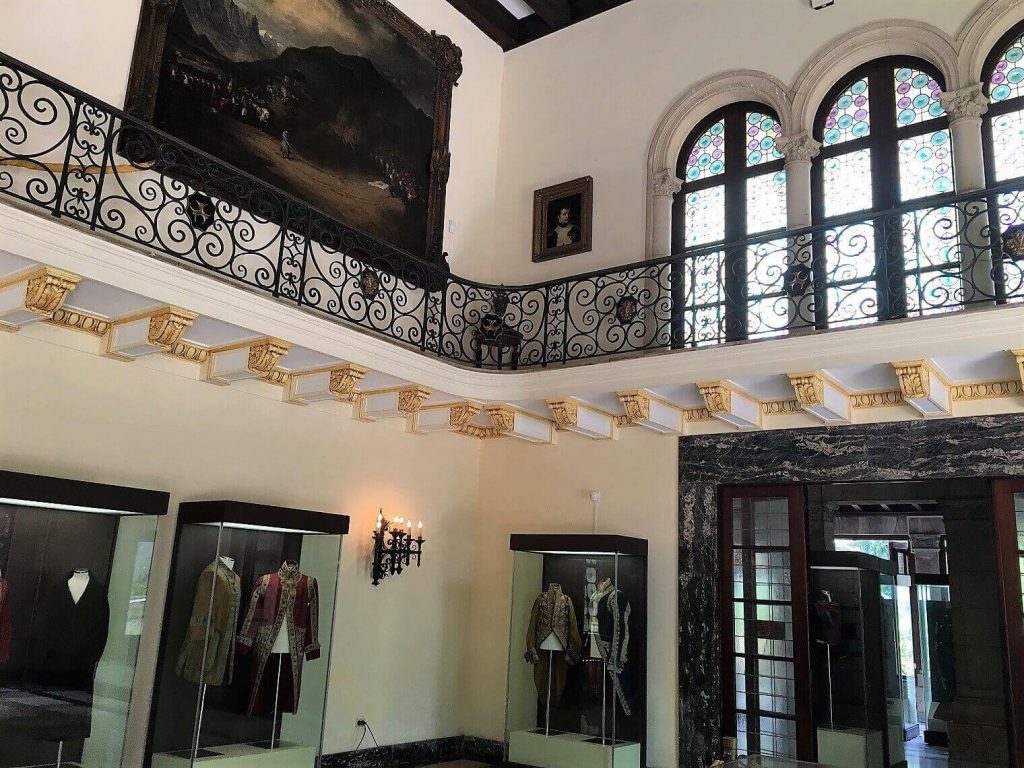
*****
Church and Convent of St. Francis of Assisi
Located on Plaza San Francisco, the Church and Convent of St. Francis of Assisi was built at the end of the 16th century and then restored in the 17th century in the Baroque style.
While it no longer houses a convent, it is now a museum and concert hall, boasting some of the best acoustics in the city.
If you’re not afraid of heights, you should definitely climb the stairs to the roof of the bell tower, standing 138 ft. high, to get some of the best views of the city.
This beautiful plaza is one of the four main plazas of Old Havana, a UNESCO World Heritage site. You can visit them all on a self-guided walk of Old Havana.
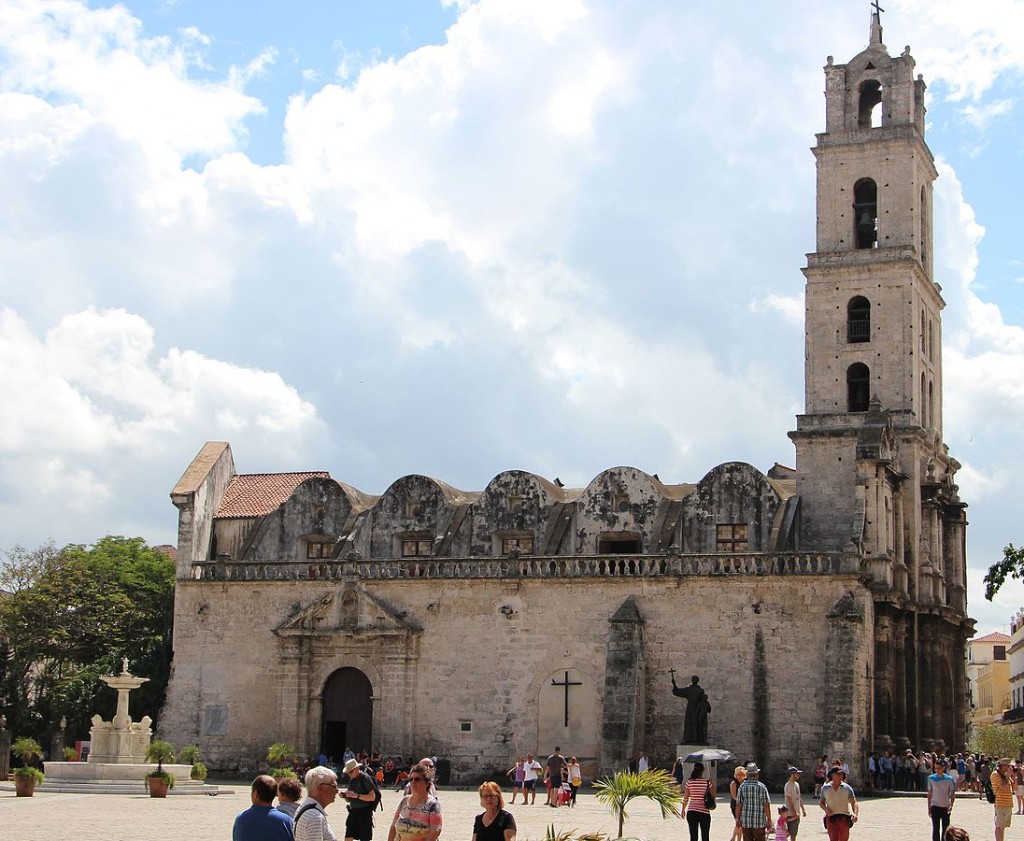
Photo Credit: By Eric Weingart – Own work, CC BY-SA 4.0
*****
Taquechel Pharmacy Museum
One of the most fascinating museums in Havana, Cuba is the Tequechel Pharmacy Museum. Step back in time to see what a pharmacy of days gone by might have looked like.
With wooden shelves lined by flasks and ceramic jars filled with herbal concoctions, this family pharmacy founded in 1898 by Francisco Taquechel was restored in 1996 and now serves as both a museum and a working pharmacy.
You will find several restored pharmacies like this in Havana, for example, Drogueria Johnson and Museo de la Farmacia Habanera, including one displaying a skeleton.
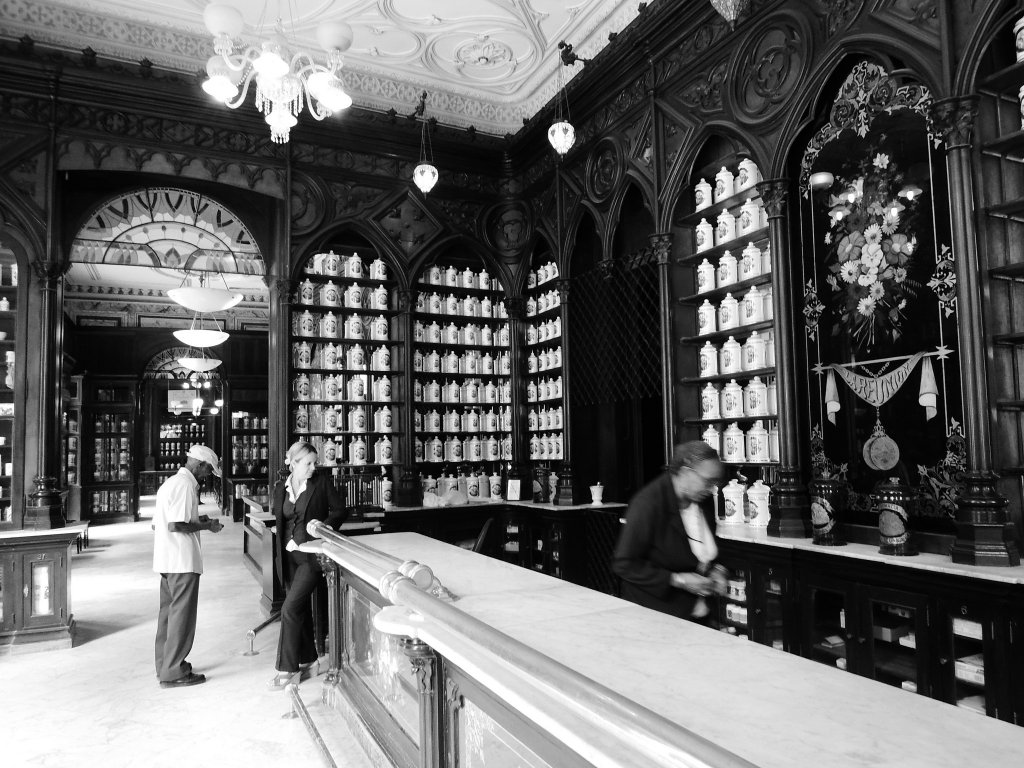
Photo Credit: Flickr
*****
Museo del Ron Havana Club (Rum Museum)
Another of the best museums in Havana you must see is the Museo del Ron Havana Club.
Located in an 18th-century palace in the heart of Old Havana, this is a museum created to tell the story of everything related to the history and manufacturing of rum.
It features the traditional rum-making process and a store with a stellar selection of aged rums.
Insider Tip: Get free samples at the bar.
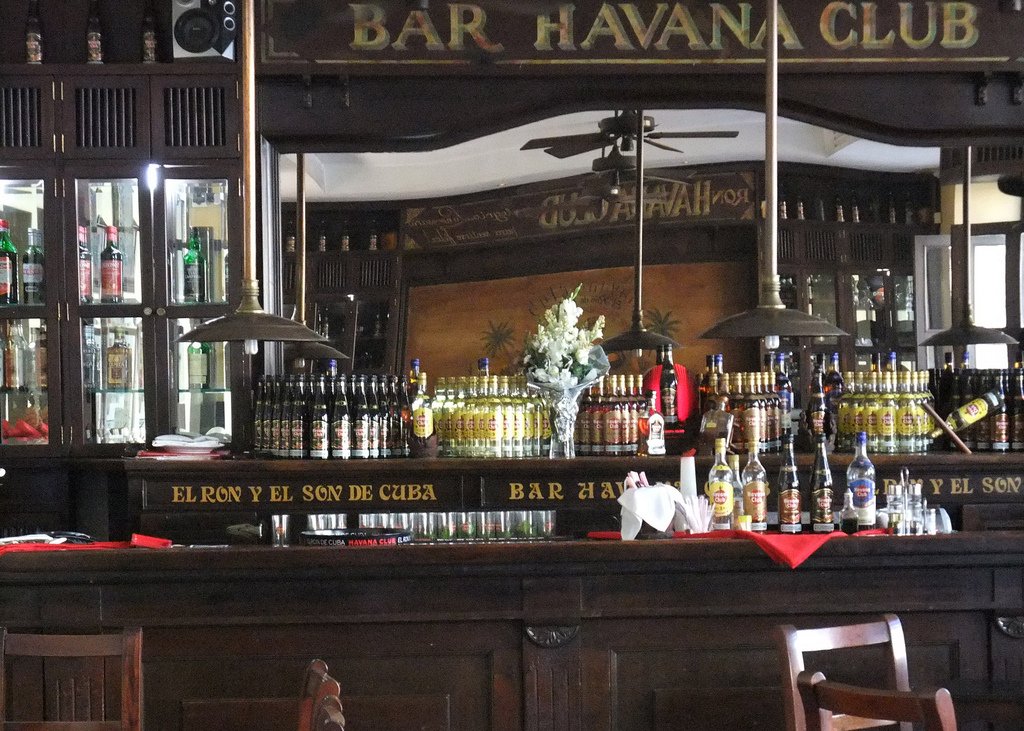
*****
Museo de la Revolucion (Museum of the Revolution)
Inaugurated in 1920 by President Marío Garcia Menocal, the former Presidential Palace was designed by the Cuban architect Rodolfo Maruri and the Belgian architect Paul Belau, who also designed what is presently known as the Gran Teatro de La Habana.
It remained the Presidential Palace until the Cuban Revolution of 1959.
The exhibits are mostly dedicated to the history of the Cuban Revolution of 1959, but there are also a few exhibits devoted to pre-revolutionary Cuba, including the 1895-1898 War of Independence against Spain.
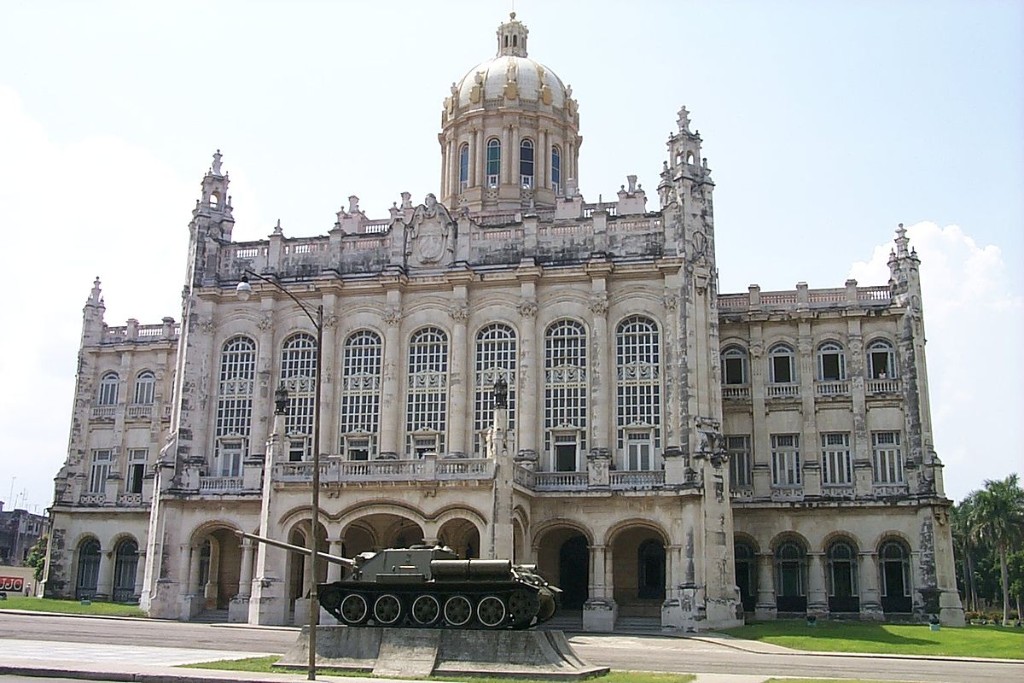
*****
Museo del Chocolate (Chocolate Museum)
Billed as a museum, the Museo del Chocolate is more of a tasting room/café where the chocolate is to die for!
The part that you would consider a museum houses displays about the history of cacao, production, and commercialization.
For chocolate connoisseurs, you will be impressed by the materials donated by Belgian museums, including posters of long-gone Belgian chocolate brands like Martougin.
Insider tip: Try the hot or cold chocolate. Just trust me on this.
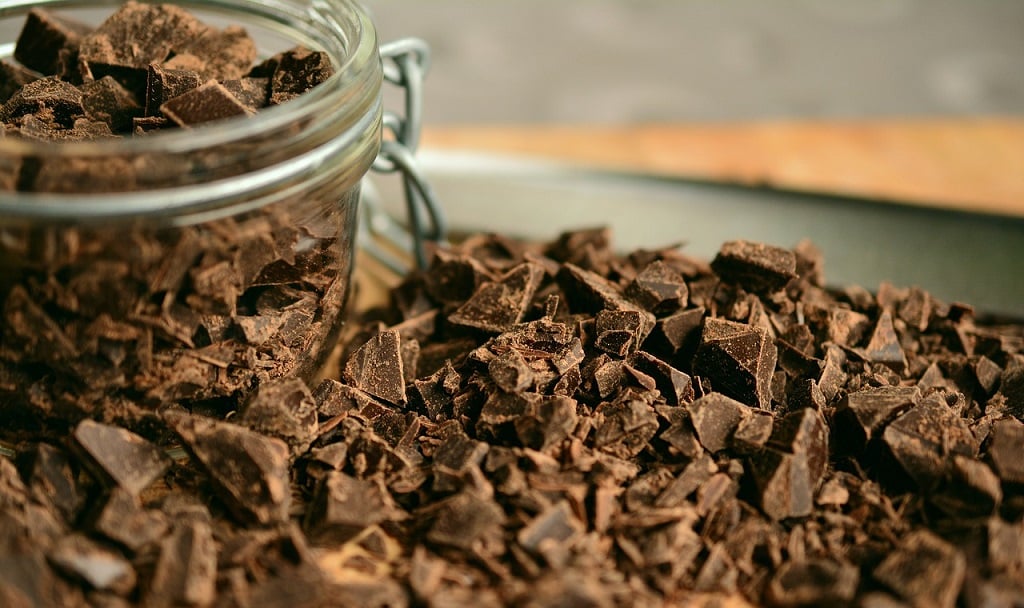
>> Like this post? Download a FREE PDF of it here for your files. <<
*****
Museo de la Ciudad (Museum of the City of Havana)
Occupying the entire west side of Plaza de Armas, one of the 4 main squares of Havana, is the Museum of the City of Havana.
This imposing structure was once the headquarters of the Spanish government in Cuba and home to the Viceroys that ruled the island. After Cuban independence in 1898, it served as the headquarters of the U.S. military administration.
Today the building is a fine museum displaying the history of Havana from its founding.
Inside you will see artifacts relating to all aspects of the city’s development over the centuries.
One of the most interesting exhibits is the living quarters of the Spanish governors complete with furniture and place settings with the family’s crest.
Much of the exhibits in this museum in Havana are military-related; uniforms, carriages, and weaponry. There is also an elaborate throne room for the visiting Spanish king – who never came.
Insider tip: Don’t miss the peacocks wandering the interior patio near the statue of Christopher Columbus.
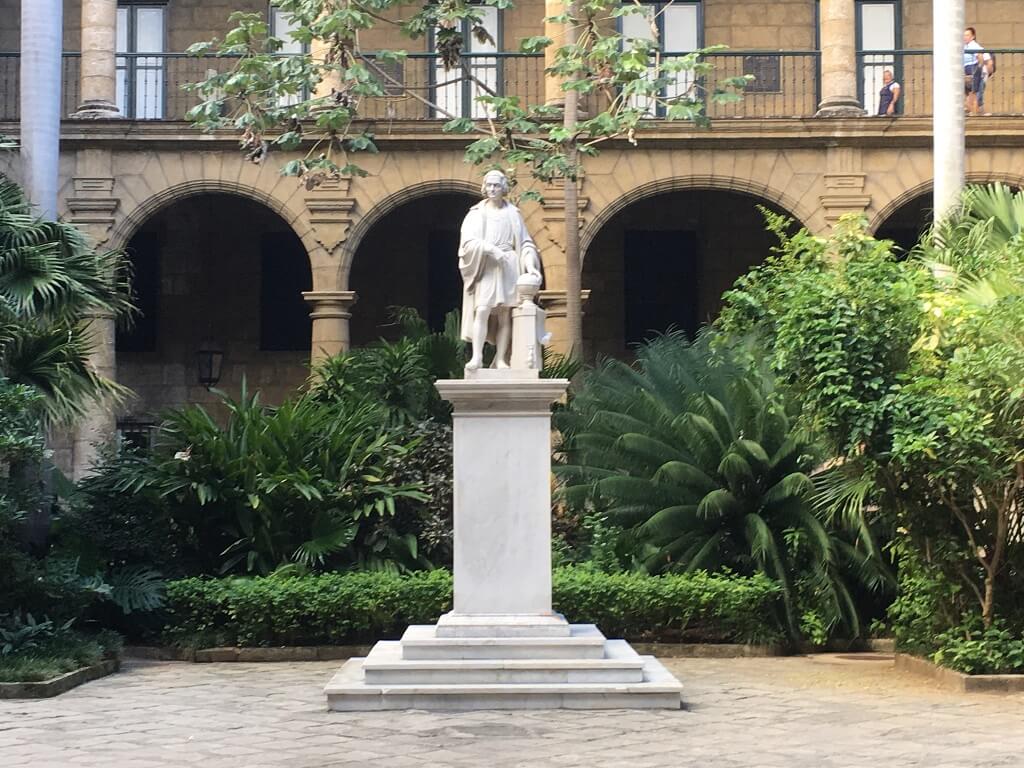
*****
Finca Vigia
Finca Vigia, Ernest Hemingway’s home on the outskirts of Havana is a large airy residence with a fantastic view, sitting atop a hill in the Cuban countryside.
Hemingway lived here from 1939 to 1960 when he became ill and moved back to the United States.
It was in this modest but well-appointed home that Hemingway wrote his classic, The Old Man and the Sea, and parts of For Whom the Bell Tolls.
When Hemingway returned to the United States, the Cuban government expropriated the farm.
After years of neglect that left the farm in danger of collapse, the government restored it in 2007 and opened it to tourism.
This museum is a nice drive outside of the city and well worth visiting.
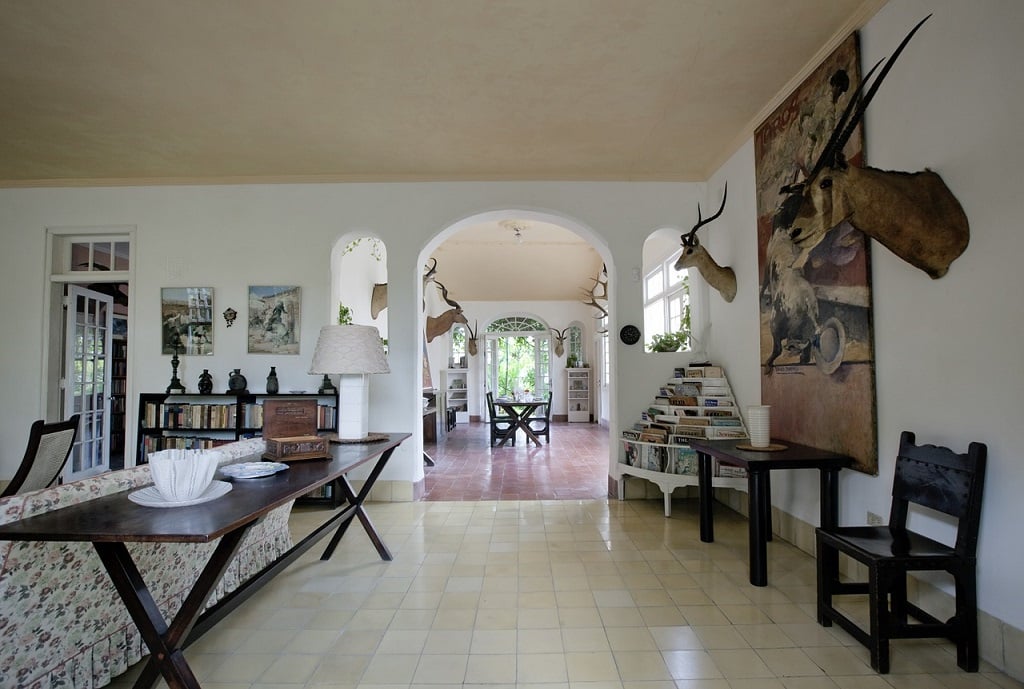
*****
Museo de Arte Colonial
Often overlooked, the Museo de Arte Colonial is one of the Havana museums that shouldn’t be missed.
It is here you can see what life was like for the wealthy Cubans during the colonial period.
The large two-story yellow house opens up onto a vast courtyard. The rooms are filled with colonial furniture, clothing, china, and other antiques, all depicting the aristocratic lifestyle.
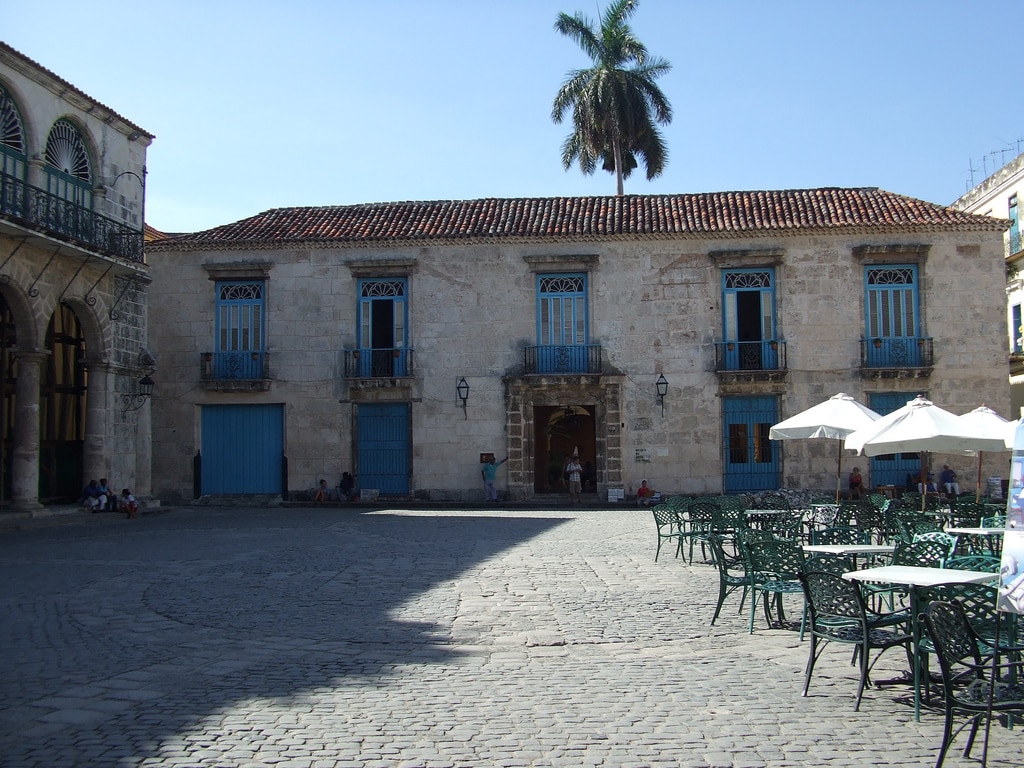
*****
Museo Historico de Guanabacoa
If you are fascinated by the Santeria religion, the religion brought over to Cuba by enslaved Africans, then this museum is worth a stop.
It is a small but fascinating collection of Afro-Cuban items that have spiritual significance. It’s worth noting that the exhibits are in Spanish, so you’ll need a guide if you want to gain a full understanding of the items shown.
It’s also fun to get there as you have to take the ferry from Havana. It’s a cool experience with very few tourists. Very “authentic Cuba.”
*****
Coche Mambi
This railway carriage, still sitting on rails outside the Museo Palacio de Gobierno, originally belonged to the Cuban Railroad Company.
Starting in 1902, it was used by Cuban presidents on campaign trips and official visits. Inside you can see the intricately inlaid mahogany furniture and ornate silver and glassware.
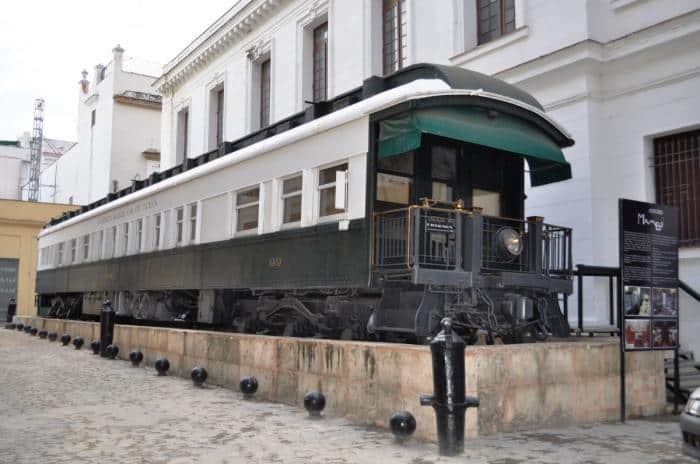
*****
Wifredo Lam Center
Named after the Cuban surrealist painter, Wilfredo Lam (often referred to as the Cuban Picasso) this gallery and Havana museum is housed in the beautiful 18th-century Casa del Obispo Penalver, just behind the Catedral de la Habana, Havana’s Cathedral.
It opened in 1983 for the purpose of studying, researching, and promoting contemporary visual arts in developing countries such as Africa, Latin America, Asia, and the Caribbean.
You can also find a permanent exhibit of Lam’s lithographs and etchings.
*****
National Museum of Contemporary Ceramics
While easy to miss, this small museum in Havana is worth a stop if you have an hour or two to kill. It houses a wide array of antique and contemporary ceramics.
While many pieces are artistic and decorative in nature, others are filled with great political significance.
To get the full experience you’ll need a guide to explain the significance of each piece as the displays are only in Spanish.
*****
Casa Museo de Africa (Africa Museum House)
This museum located in Old Havana offers you a chance to discover the influence of African culture on Cuba.
There are over 2,000 African artifacts on display, most of which come from regions of Africa where Afro-Cuban ancestors had been taken as slaves. This is another interesting museum where, unfortunately, the displays are all in Spanish.
*****
The Museum of Decorative Arts
The Museum of Decorative Arts in Havana sits north of 23rd Street (Calle 23) which divides the Vedado neighborhood, at 17th and E streets.
I love this little museum because of the beauty of the collections as well as its history.
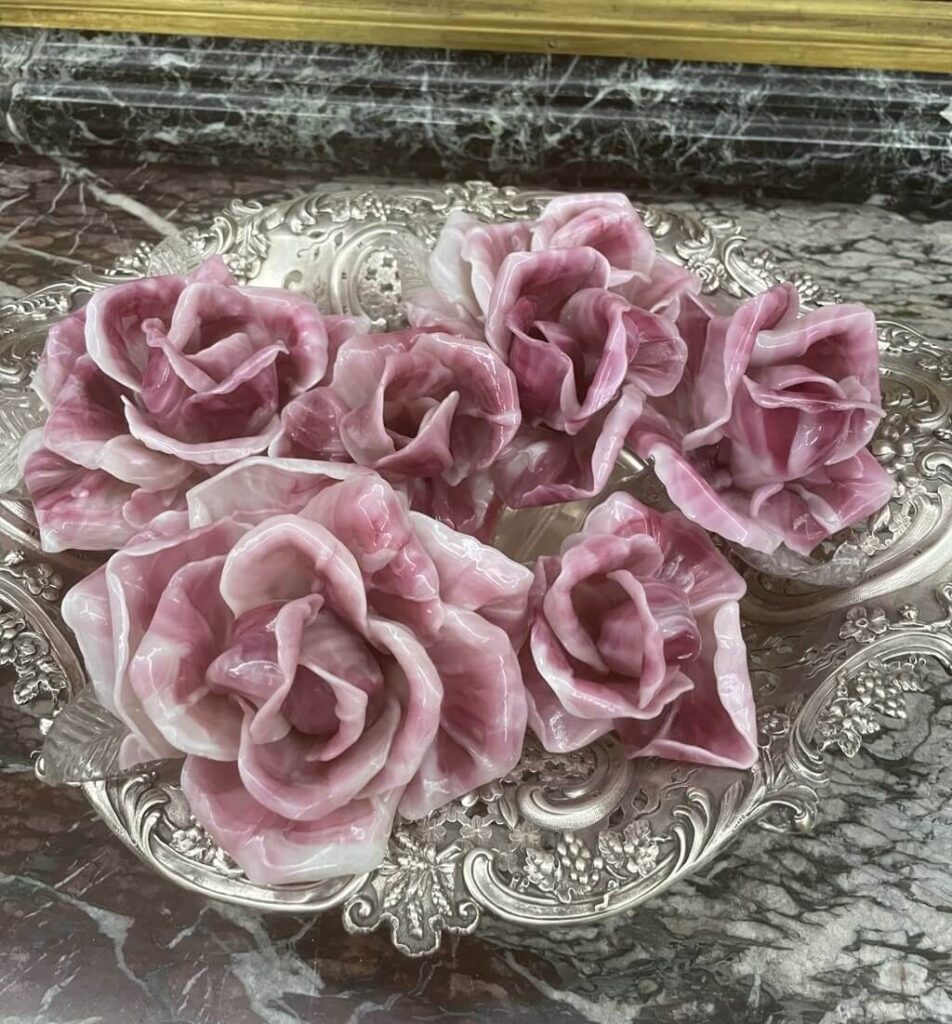
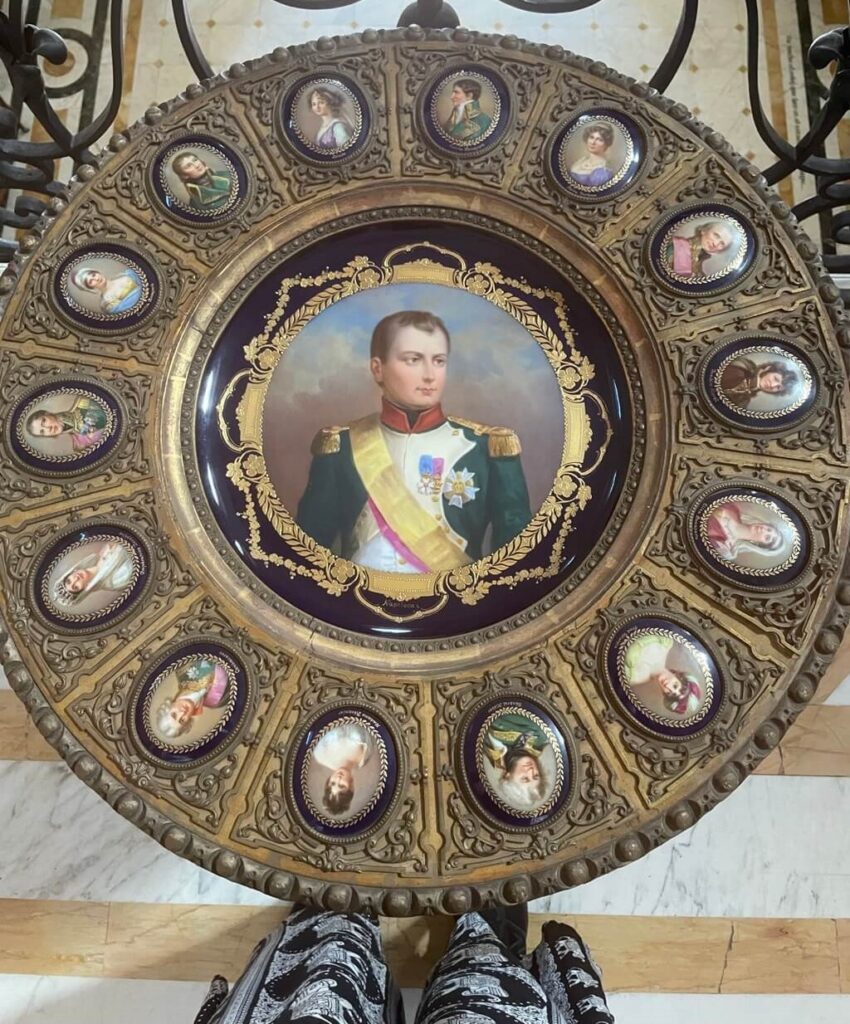
In its heyday, in the first half of the 20th century, Vedado was the wealthiest and most fashionable neighborhood in Cuba.
Even though many of the Vedado mansions now appear neglected and in dire need of a paint job, the opulence and magnificence of some still shine through their faded glory.
One such mansion is the Museum of Decorative Arts. It was once the home of the Gomez-Mena family, one of Cuba’s richest.
The Gomez family owned huge swaths of Havana including the famous Manzana de Gomez, once a shopping center and today the site of the luxury Kempinski hotel.
The home was turned into a museum shortly after the Revolution. Today it houses sumptuous works of art and furniture. Each room houses a specific art style such as Art Deco, Art Nouveau, or Oriental.
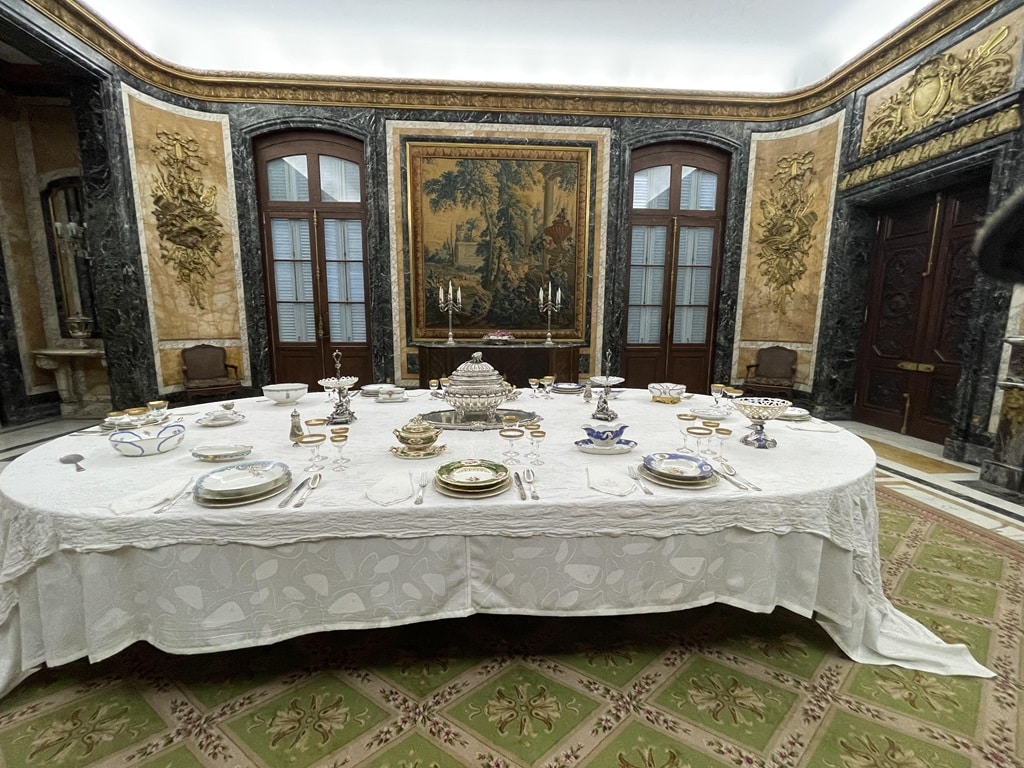
The exhibit includes original works by Tiffany, Lalique, Limoges, and Wedgewood to mention a few.
More impressive still is the mansion itself, lovingly restored to its former glory. Designed in Paris by French architects, the home was built between 1924 and 1927 in a neo-classical, French Renaissance style.
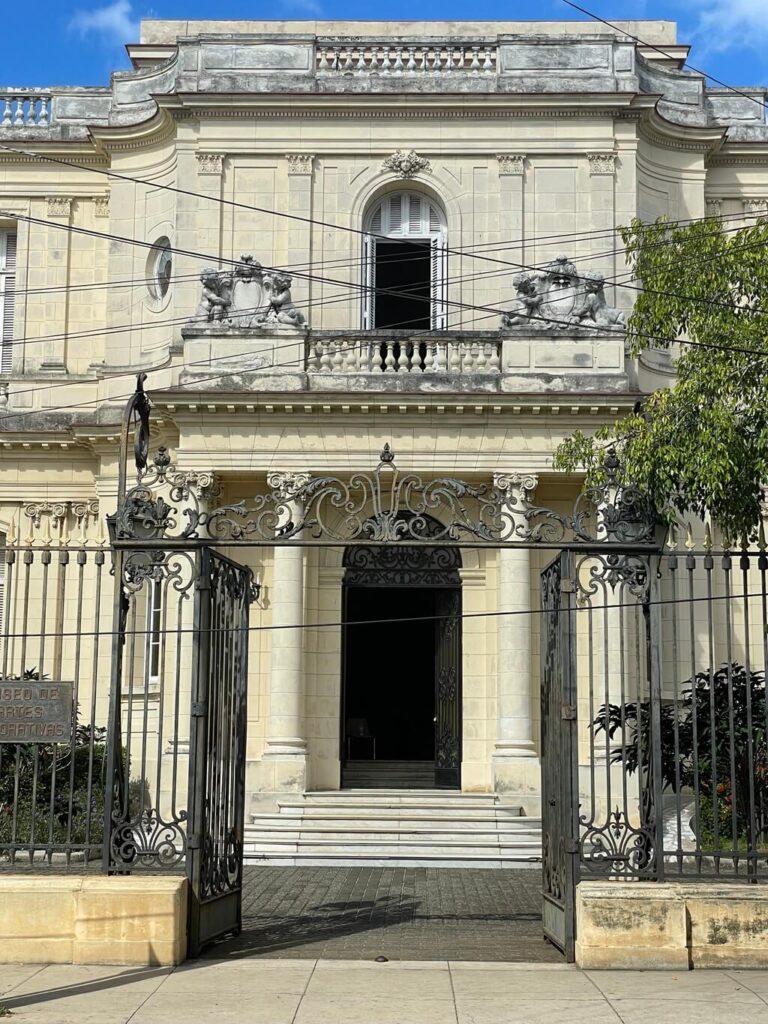
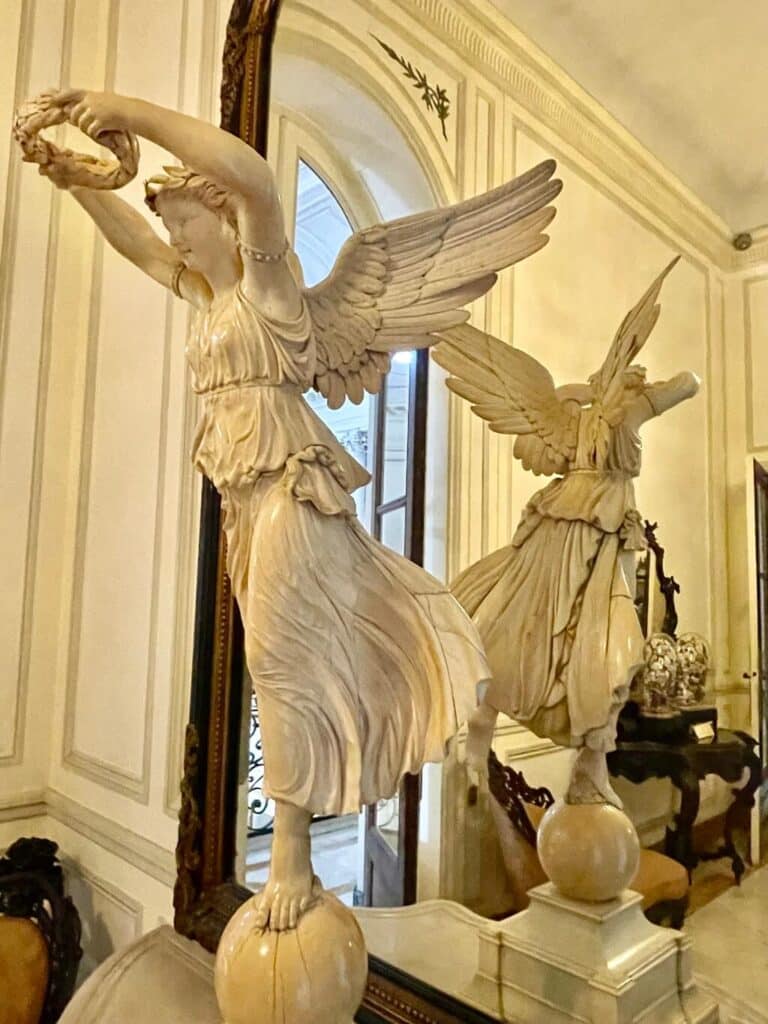
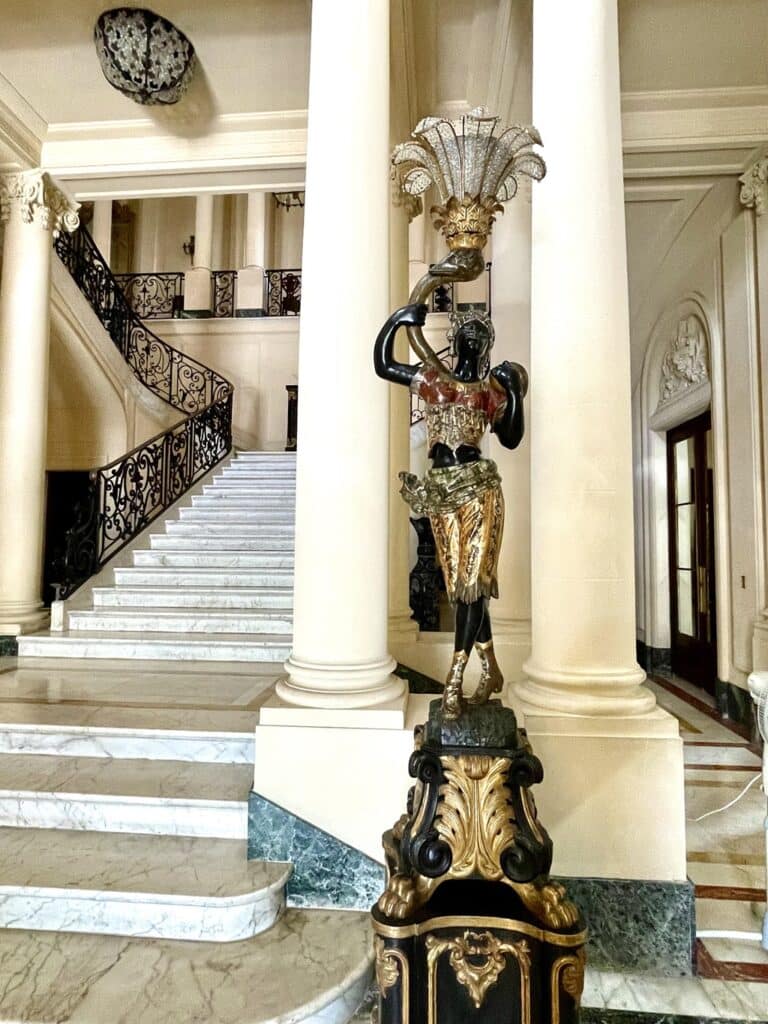
Insider tip: Spring for the guided tour to get all the gossip and backstories.
*****

The Capitol Building
Havana’s iconic capitol building sits on Paseo del Prado straddling the neighborhoods of Old Havana and Central Havana. Across the street is Central Park, arguably the prettiest part of the city.
Completed in 1926 over what was once a railroad, the building is now adorned with colorful marble, wrought iron and open-air interior patios.
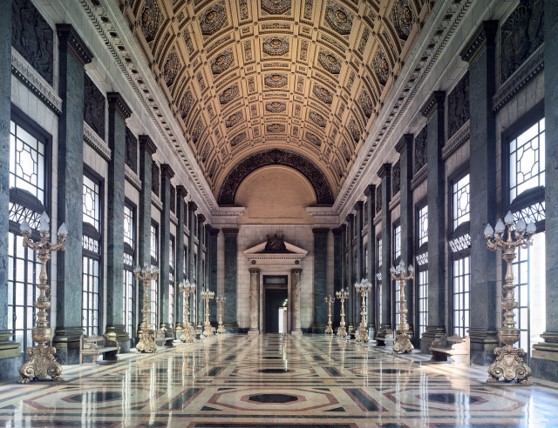
Although similar in design to the capitol building in Washington, DC, the design was, in fact, inspired by the Pantheon in Paris.
It houses the third largest indoor statue in the world, a magnificent statue of a woman in armor representing the Republic of Cuba.
The building fell into neglect after the Revolution but has been recently restored to house the country’s Congress once again. English language guided tours are given regularly for $10.00.
This beautiful building is worth a visit for its history as well as its splendor.
*****
Castillo de la Real Fuerza
At the mouth of Havana Bay, mere steps from the location said to be where the city was founded, is the Castillo de la Real Fuerza, a massive fort completed in 1577 to defend the city.
The fort formed part of the fortifications surrounding Havana, colonial Spain’s prized possession.
The large, brooding structure had many uses over the years, a governor’s residence, barracks, repository for the city’s archives, ceramic museum, and government offices.
Finally, in 2010, the city found its true calling as a maritime museum.
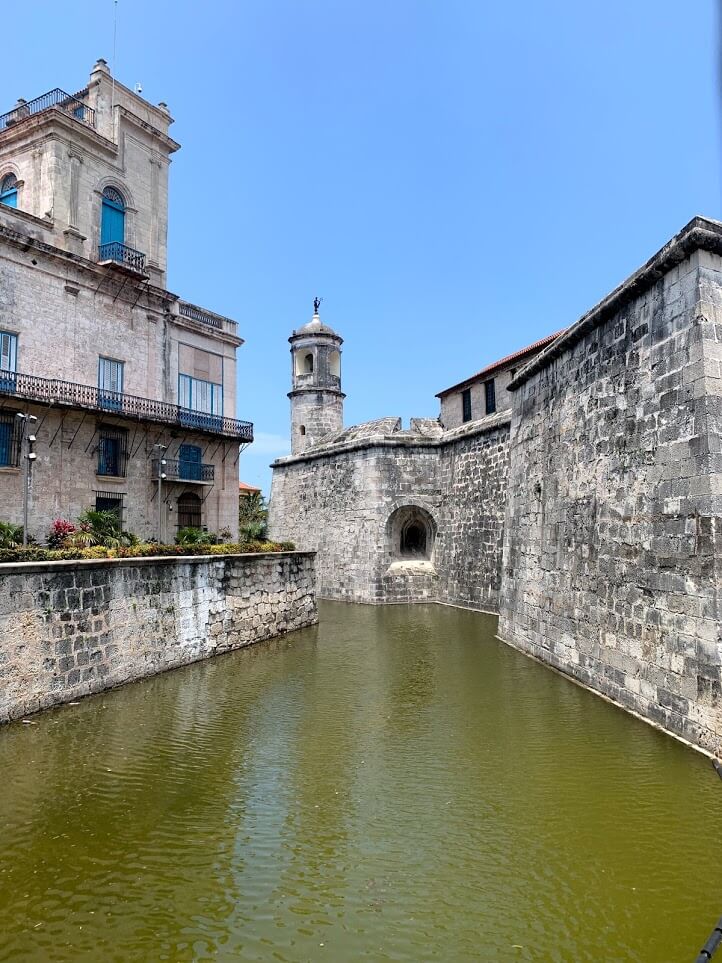
In the interior is a well-maintained museum. There you’ll find precious metals retrieved from shipwrecks, pre-Colombian archeological artifacts, maritime instruments, enormous ship models and more.
Today, what remains of the fortifications and Old Havana in its entirety are a UNESCO World Heritage site.
*****
Museo de las Orishas
Created and housed in the headquarters of, the Asociación Cultural Yoruba de Cuba, this museum is dedicated to Santería, the Afro-Cuban religion widely practiced in Cuba.
The museum features sculptures representing the different Afro-Cuban orishas (saint-gods.) It is the first of its kind in the world.
Enslaved Africans brought to the New World were not able to pray to or create temples to their gods.
In an effort to maintain their religions, they worshiped their gods while appearing to pray to Catholic saints. They hid their beliefs and celebrated their religions during Catholic holidays to avoid detection.
Located on beautiful Prado Avenue diagonally across from the capitol, the Orisha Museum is a can’t-miss attraction.
A visit to this interesting museum presents an opportunity to learn about a very interesting aspect of Cuban culture.
Insider tip: Usually on Fridays there is an Afro-Cuban dance performance but check beforehand to ensure the performance is scheduled.
*****
Fusterlandia
One of the best day trips from Havana (and easiest) by bus, Fusterlandia is a gallery created by Cuban artist José Fuster.
To call this complex a gallery almost doesn’t do it justice. Fuster began building the studio back in 1975 and has been working on it ever since.
He covered his building with mosaic tiles. When he ran out of space, he asked his neighbors for permission to decorate their buildings, too, and, surprisingly, they agreed.
The overall impression is an outrageous eclectic collection of staircases leading to nowhere, splashing pools exploding into fountains, and fantastical animal statues, all created in multicolor mosaics.
The designs are reminiscent of the Catalan artist, Gaudi with touches of Picasso and Cuban artist Wilfredo Lam.
Now mosaics cover public as well as private spaces, such as buildings, offices, fountains, and benches.
Fuster continues his work throughout this once-crumbling neighborhood to this day. It is now a lively destination on all visitor’s must-visit list, thanks to the artist’s reclaiming of its spaces.
A taxi here from downtown Havana costs around 15 to 20 USD. The hop-on-hop-off bus tours stop at Fusterlandia, so you can always coordinate your trip here to coincide with a day you plan to use your pass.
You get the hop-on-hop-off bus in front of the Hotel Inglaterra in Parque Central. The taxi ride takes around 15 minutes (add an extra hour on to that time for the bus).
Make sure to take a good guidebook with you.
Here is a Havana museum and architecture walk that covers some of the most iconic streets, views, landmarks, and museums.
This can easily be a full-day affair for the culture vulture lover of art and history. Or cherry-pick your favorite location and move on to other Havana highlights.
>> Like this post? Download a FREE PDF of it here for your files. <<
When you visit Havana, make sure to stay at a casa particular, Cuba’s version of a bed and breakfast. You can book a casa particular for Havana here.
My book, Don’t Just Travel to Cuba, Experience Cuba: The Ultimate Cuba Travel Guide not only gives you the best places to go, but it also explores the history and culture of the island nation.
So now that you have a ton of Havana museums to choose from, which ones are top on your list?
Don’t forget these reference materials for your Cuban adventure.
Updated October 2024
And if you like this post, you’ll love these:
- Old Havana Self-Guided Walking Tour
- Amazing Things to See in Havana You Can’t See Anywhere Else
- TEN DO’S AND DON’TS FOR YOUR TRIP TO CUBA.
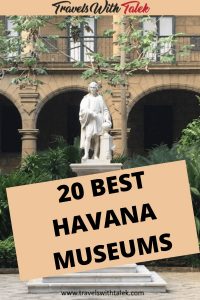

BTW, if you are getting ready for your trip, make sure to take advantage of these useful, money-saving links to book your trip:
- Research and book your flight with Skyscanner. I have found them to be the best because they list all airlines including the budget ones. You are always sure of having researched all options.
- For car rental around the world, Discover Cars has flexible pickup and drop-off options, I recommend Discover Cars.
- Book your accommodation with Booking.com. I find they have a wide selection and a nice, user-friendly, transparent website.
- Protect your trip and, more importantly, protect yourself with travel insurance. I use Travelinsurance.com and have been very happy with them.
- For more general tours to any destination or attraction, book with Viator. Check them out.
- Need a visa? Get your visa for all countries with Passport Visa Express.
- Looking for a cool walking tour to explore a city? My favorite walking tours are offered by Take Walks.
- Food and drink tours are the best way to enjoy a city. And Devour Tours are my favorite.
- Looking for a good VPN to protect your security, privacy and freedom online while traveling? Nordvpn is your best option.
- The best and most economical way to stay connected while traveling is with an Airalo eSIM.
I personally use, and can recommend, all the companies listed here and elsewhere on my blog. By booking through these sites, the small commission we earn – at no cost to you – helps us maintain this site so we can continue to offer our readers valuable travel tips and advice.



